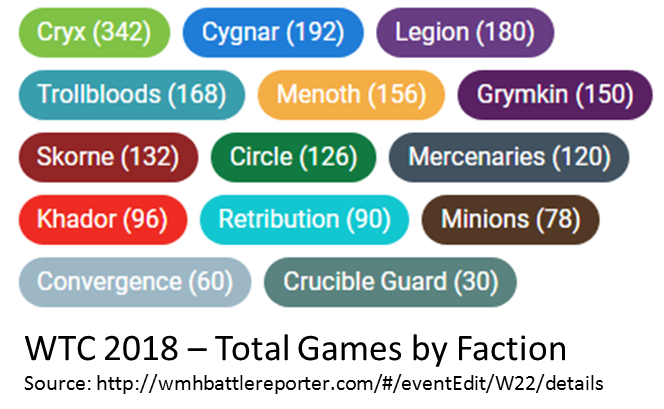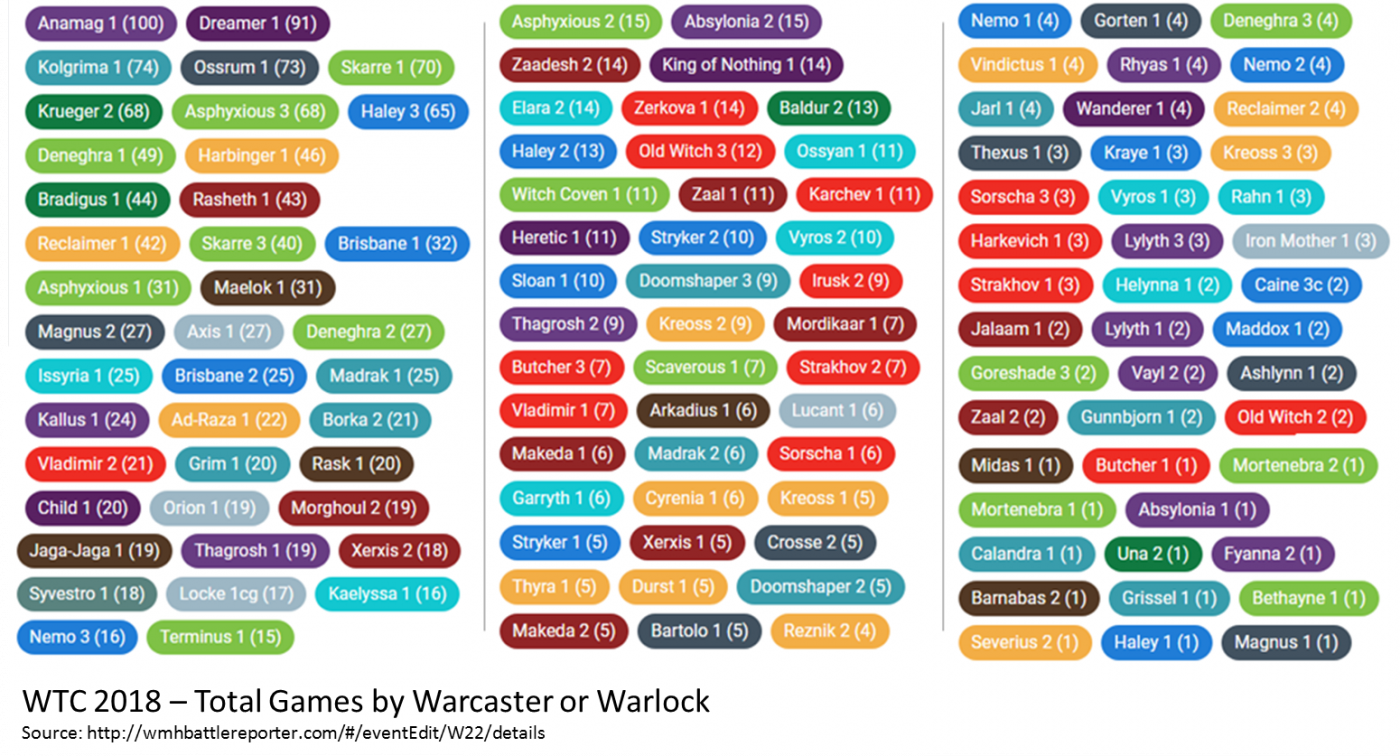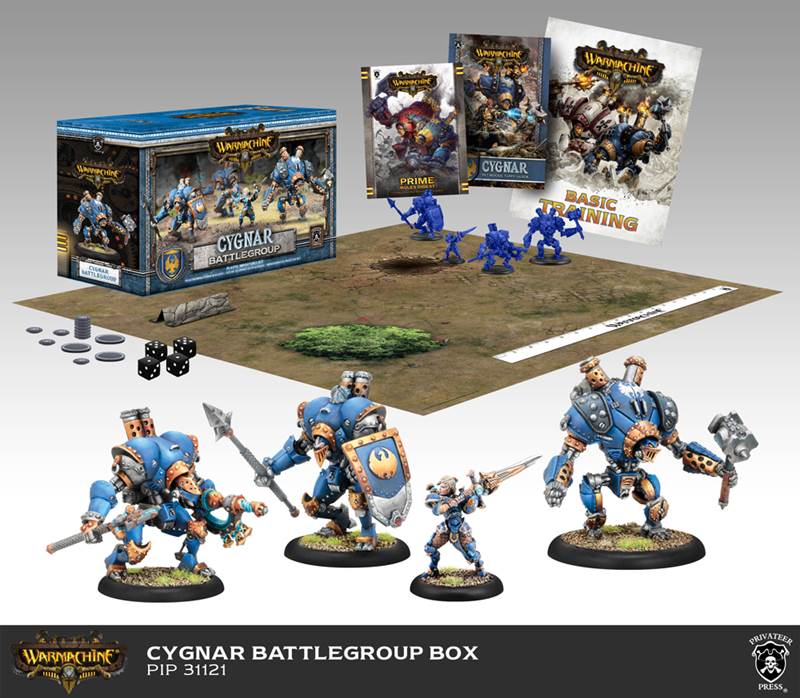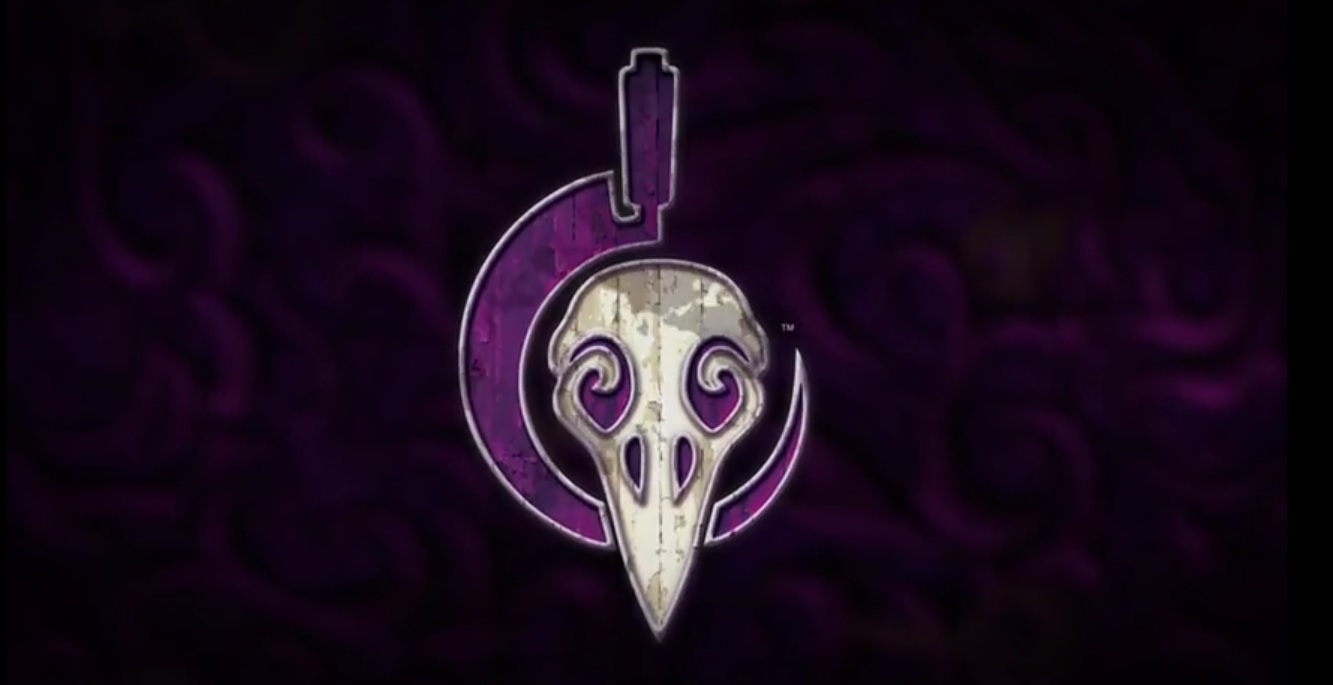Warmachine: WTC 2018 – Who Hit the Table
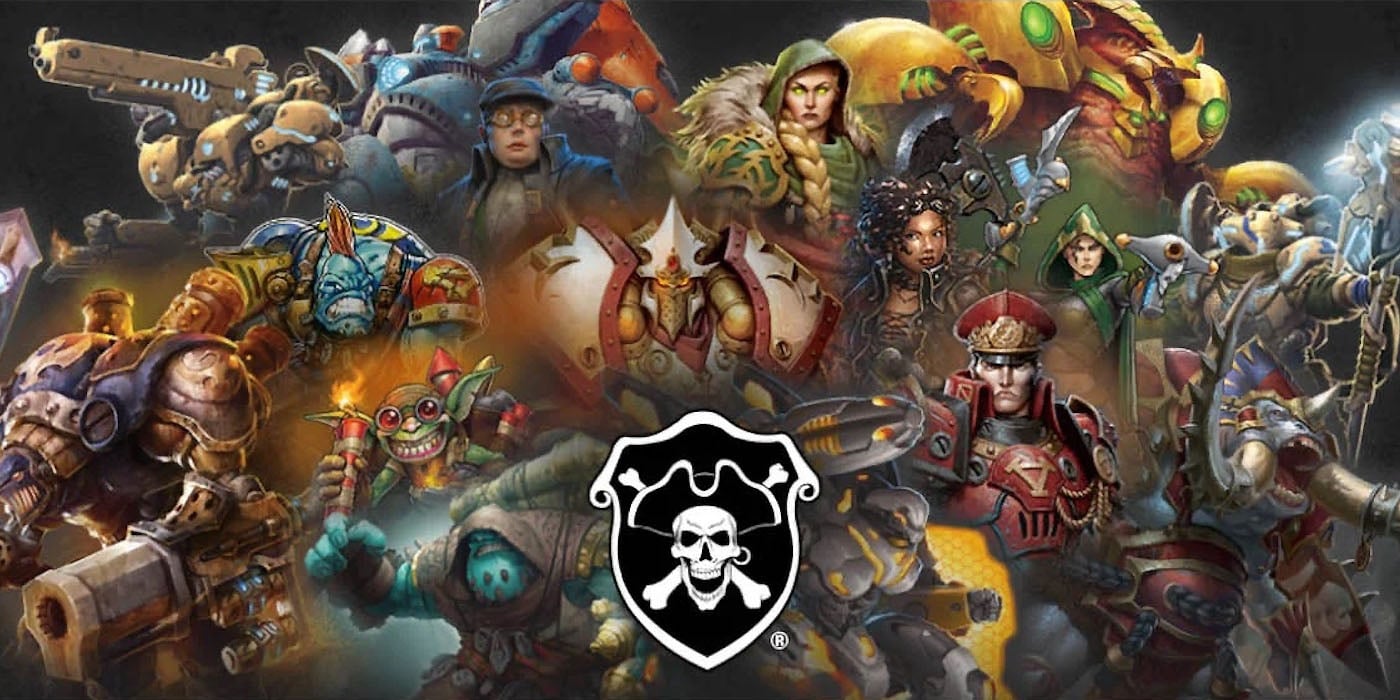
There’s a lot of data from the Warmachine World Team Championship. Let’s start simple: who hit the table?
Chalkboard here from Chalkboard War, talking today about the Warmachine and Hordes 2018 World Team Championship. Now that a month has passed and the dust has settled, there has been ample time for everyone to review various statistics from the event. Most people rushed toward the data on caster win percentage. And while that’s helpful, I also think there’s a bit more depth to be looked at in the statistics. We can start simply with the rates of play of different warcasters and warlocks, and learn something. One more thing before I start. Huge thanks to the folks at Warmachine and Hordes Battle Reporter for compiling a lot of data from the event and making it visible to the community.
The Broad Data
To get started, a quick look at the number of total games played for each Faction sets a grounding. There’s nothing new here, as the Faction-by-player breakdown was already made public before the event. But it’s still helpful to note total games played of each faction for what’s yet to come. So out of 1,920 total drops made by all 32 teams, the breakdown is as follows:
Where that baseline gets interesting is when we cross-compare it to what people actually dropped when they had their choice of warcaster or warlock. The numbers in each of these are the count of total games where that warcaster or warlock was played.
Okay, so that image is a bit more crowded. I like this data visualization as it’s also color-coded (only one mistake that I noted: Bethayne is not a Cryx warcaster). It flows from the most commonly dropped to the least dropped.
Main Observation: “All Comers” Exist
First, for a long time the two list match-up system has been touted as one that meant that there was no clear “all comers” list building. Instead, players would build two separate ones in a a method that meant they had to ask interesting questions with the different lists, build different solutions, etc.
I still broadly support the two list method for tournaments–love it actually. But this data does show us that there are some spots where things might be trending toward “all comers territory”. I’ll exempt out Kruger2, as Circle hadn’t had their CID yet and he was the only viable option. Past him, this data tells me that there are some pretty clear “all comers” out there. Whether or not they’re successful at it is another thing. But note how much Legion players dropped Anamag, Grymkin dropped Dreamer, and Mercs dropped Ossrum. Seeing the breakdown of how frequently they were actually dropped brings that super clearly the fore.
Now all three of those lists are certainly powerful. And I think the label “can comfortably play into most match-ups” is deserving of them. Yet a drop rate that is four to almost five times that of the next-most frequent played caster is telling. If you want to be playing a list that can go into anything, I think we’ve got some clear contenders right here.
This is the usual spot for the rejoinder that the data from the WTC should be taken with a grain of salt. But remember: this is a sign that the very best Legion, Grymkin, and Mercs players out there consistently felt like they could proceed with these lists. All the more notable in that I’m certain that none of these are some surprise: everyone at the event knew they needed to be able to play into these warlocks and warcaster. And despite a meta ready for them, these great players still felt like they could drop these lists. That’s a sign.
Who (Else) Hit the Table
The other big thing that this data shows to me that I haven’t seen talked about elsewhere is that there are some classic standbys that remain powerful options to drop. For instance, Amon Ad-Raza in Protectorate is something that got overshadowed by the new Exemplar CID in buzz. Yet, there he is remaining a stalwart choice across relatively numerous games. When High Reclaimer or Harbinger (both new hotness because of changes) were not dropped, this old standby was there to cover their other matches.
Rask, Kaelyssa, and Thagrosh1 are the others I note in this category. They’re long-time effective casters that continue to be a notable part of players’ plans for success with a faction. They also seem to have that sort of “been around so long, I’ve forgotten them” feeling. What I like about this WTC data is a reminder that the classics are still hitting the table. They are reliable choices and strong into targeted match-ups.
Players new(er) to a faction might want to take special note of this. You may see more buzz about other casters. But searching out who the reliable and effective core are for given faction is not a bad plan to structure a tournament pairing.
Who Was Absent: Bullies
Let’s also start some discussion about who did not hit the table, or did so with very low frequency. There are a few notable low rates that we should examine.
Bully casters in particular seemed to be rarer in drops. Butcher3, Barnabas2, and Lylyth3 come to mind as casters with that kind of play style. They move to the central point they can threaten from, and just keep pushing. Their relative absence in hitting the table is notable. Butcher3 was more from an inclusion standpoint: only two players brought him. Even then he was only dropped in 7 out of their 12 opportunities to do so. Lylyth3 was only dropped three out of 12 opportunities she could have appeared. Barnabas2 was only dropped a single time out of the 12 opportunities to drop him.
This seems like a pretty clear sign that the “Bully” play style is one that may not be as scary as it can seem. If it worked consistently, we’d see these lists getting dropped far more often. Either people are favoring list pairings that can handle bullies, or the matching process is making them even less likely to be the good option. In general it seems like that play style is high risk, high reward–which often isn’t a good plan for a team setting. Reliable, effective, proven scenario wins are likely what the teams are favoring.
Who Was Absent: Starters
The other thing that was notably absent was starter box Warcasters and Warlocks. This may not be a surprise to some, but it does mark a slight change in some ways from the way Privateer Press used to be. In Mark I and Mark II, Deneghra1, Kreoss1, Sorscha1, and Lylyth1 were all reasonable choices for tournament players (and at least a couple of those remain so). Yet there’s a complete absence of starter box casters from the Mark III boxes. Maddox and Helynna each had two games, and the rest are completely absent.
Again, this is not surprising as “easy to learn” may not mesh as clearly with “top tier caster” in the game. But it’s a good observation for newer players to the game perhaps. While it may be tempting to stick with the first familiar option, thinking about spreading out past that starter box leader sooner rather than later could be a solid plan. Start with someone new. Give it a go. Perhaps look at the data above and build to that aim.
~ Anything you’ve noted in the data and trends from WTC 2018? Anything we’re missing? Any new revelations left to uncover? Let us know in the comments section below!
To see who I’m putting on the table lately, check out Chalkboard’s Warmachine and Hordes blog at:

